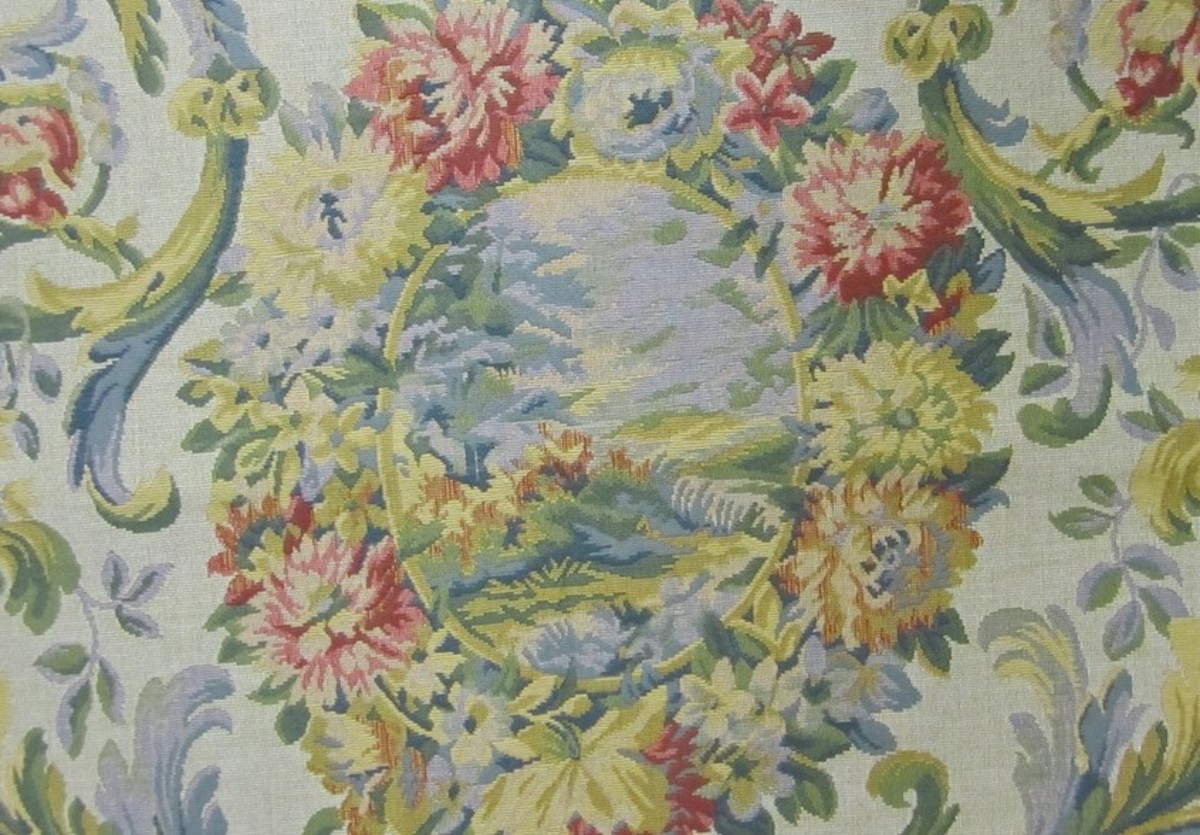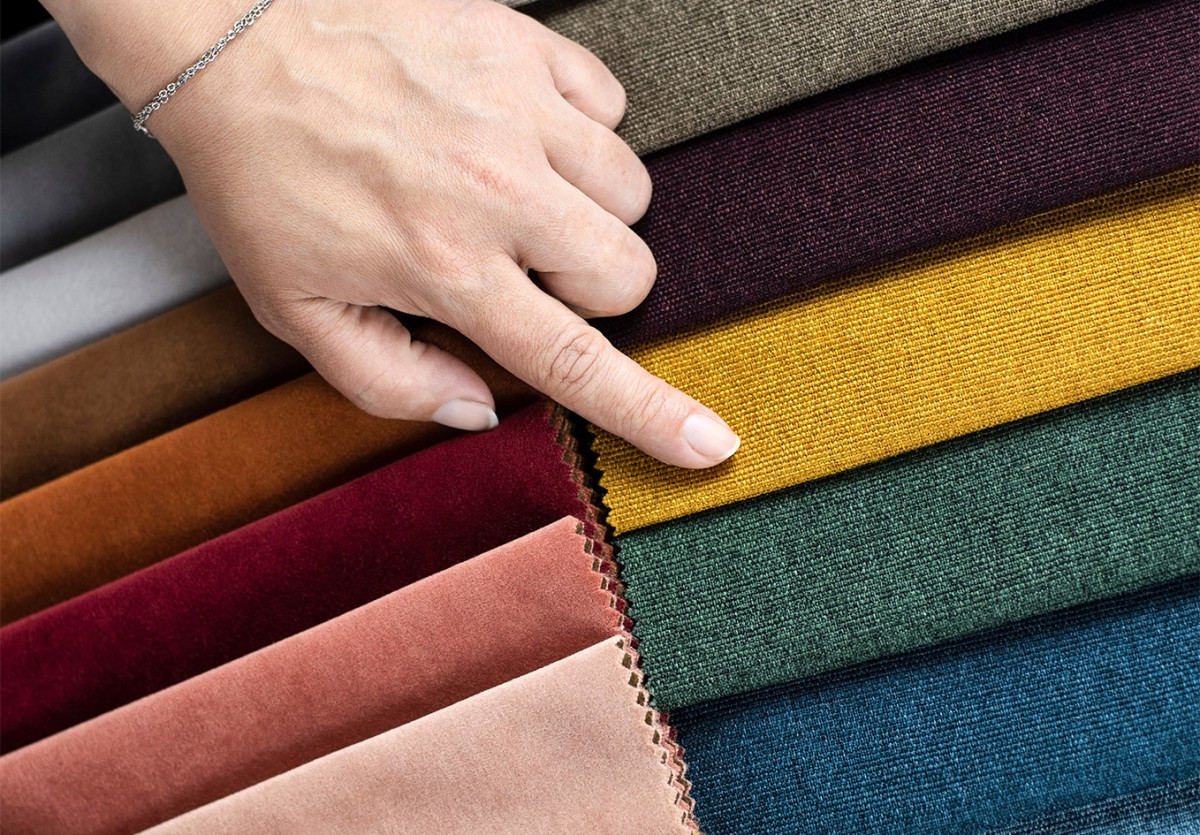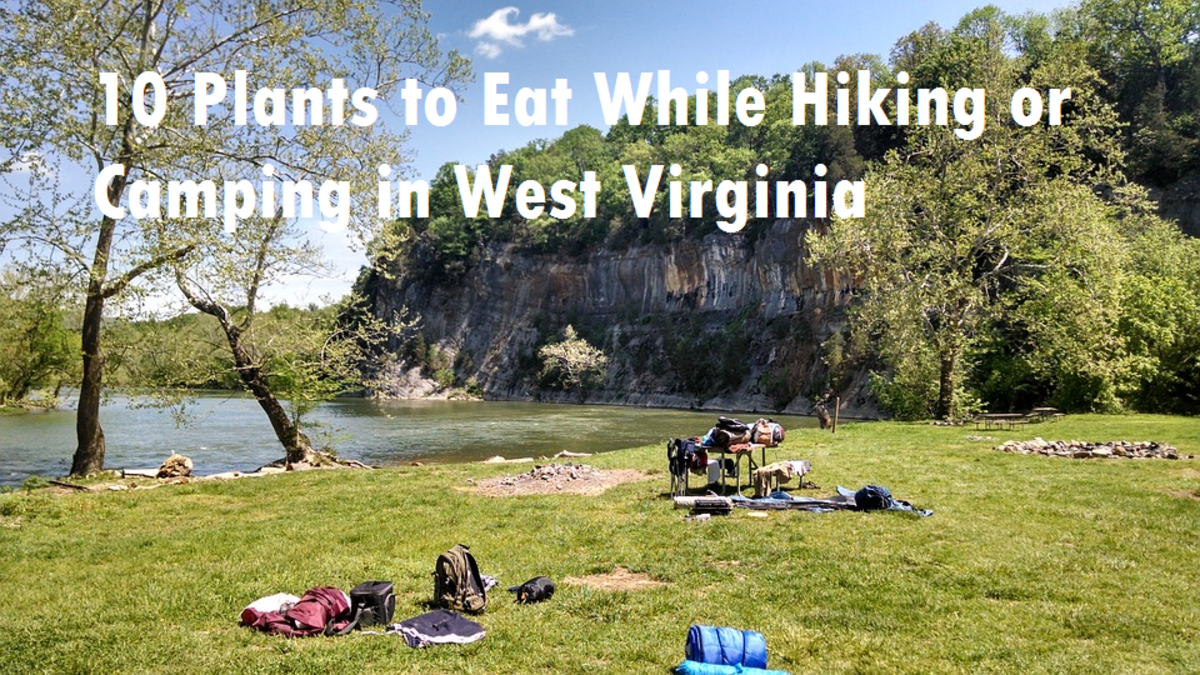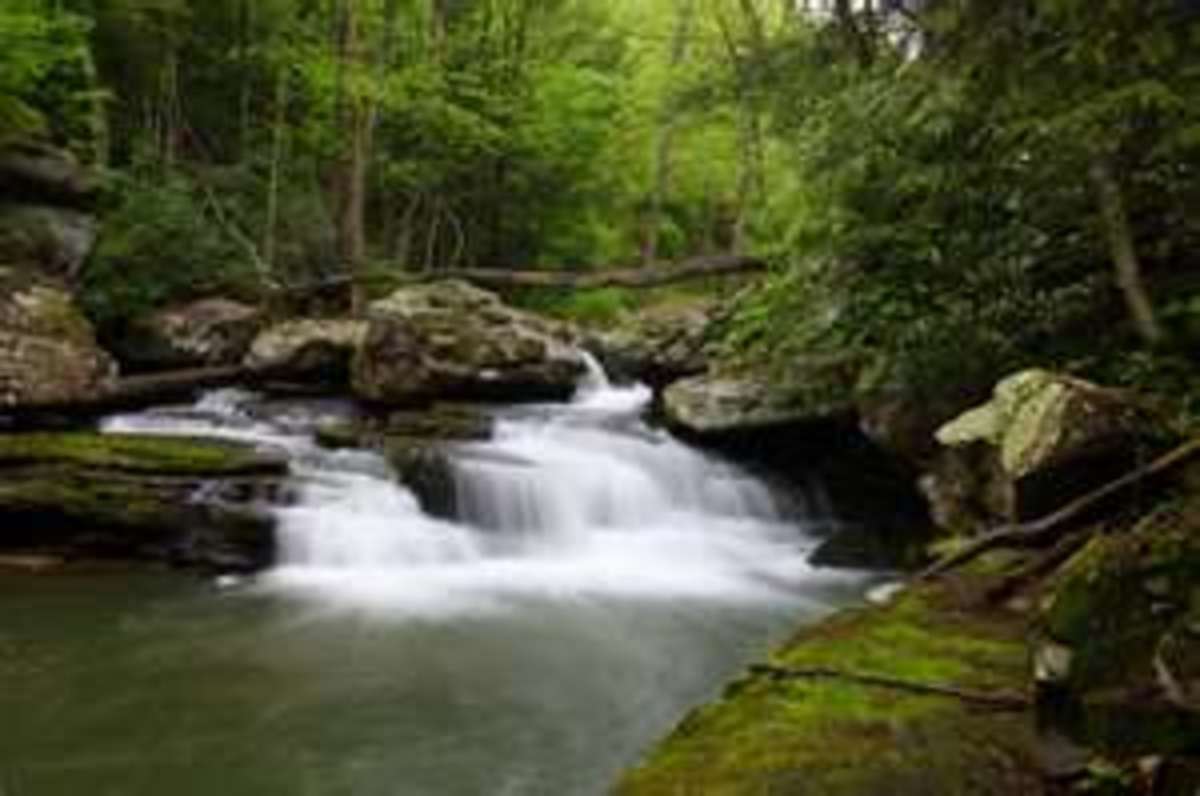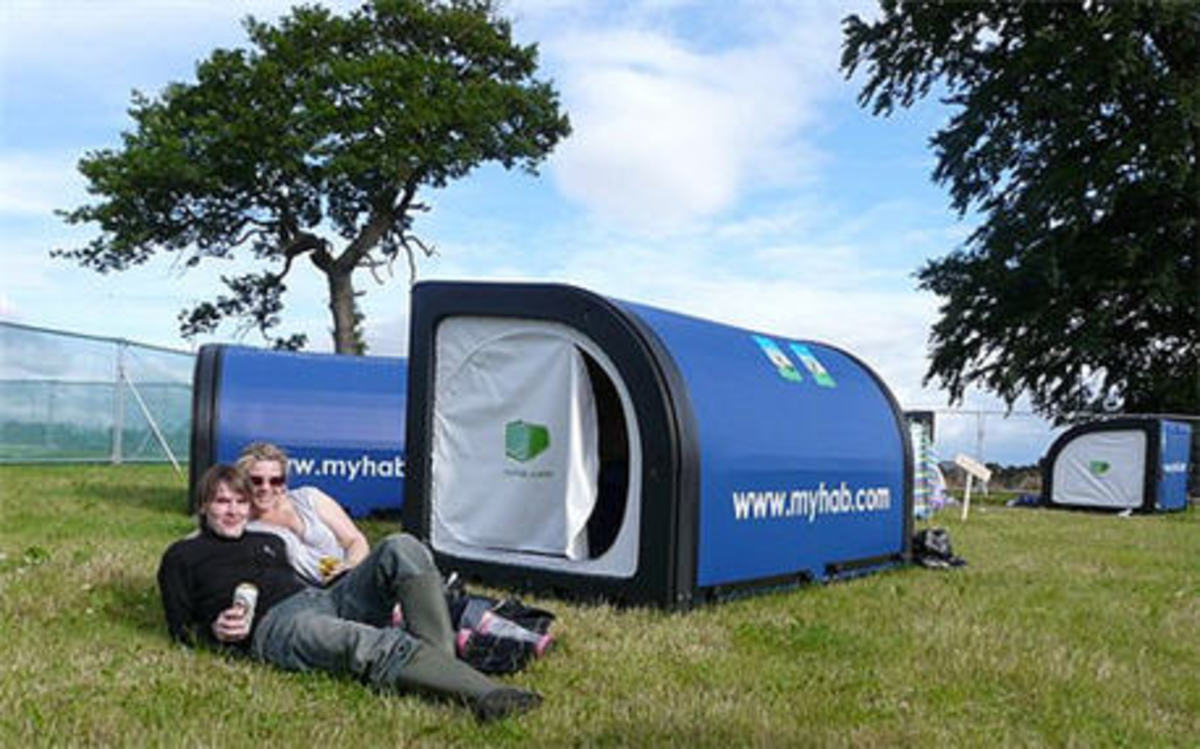Does Cotton Clothing Kill Hikers?
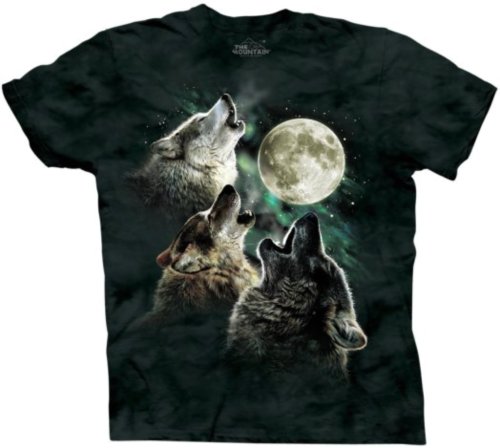
Introduction: A bittersweet hiking story
Several years ago, I participated in a Sierra Club sponsored day-hike in the Desolation Wilderness, just a bit West of Lake Tahoe. During a break, the leader made a snotty comment about my cotton shirt and trousers. Apparently clothing made from synthetics and/or wool is now de rigueur in some Greenie circles. Just what I always needed: the Outdoor Fashion Police!
I can still remember the good old days, when all Sierra Club leaders had good manners, and were considerably less militant about everything. Anyway, that's the backdrop for this hub.
Hikers are very much concerned with staying warm on their outings. To a large extent, that means staying dry. A wise choice of outdoor fabrics can help you to stay both warm and reasonably dry.
Is the fabric in your hiking shirt a 'magnet' for water?
That depends on the material, and on the tightness of the weave. In our exploration of that question, we'll use expressions like condensation, dead air spaces, ester linkages, hydrogen bonding, hydrophilic, and vapor barrier. Notwithstanding some arcane terminology, I'll try to keep this hub accessible.
When you're warm and dry, other aspects of comfort come into play. And it's much more difficult to make generalizations about comfort that apply to everyone. Some shirts are made from synthetic fabrics that are designed to help you feel cool in hot weather. And in that respect, they work for some people, but not for others.
For some, a big part of feeling cool on a hot day is not having visible perspiration under the arms of their shirts. A shirt with a high polyester content will be a good choice if that's a major consideration.
For others, wearing a high-polyester shirt on a hot day is slightly uncomfortable in its own right. I fall into that category.
The basic functions of outdoor clothing are to keep you warm, dry, shielded from excessive sun exposure, and to keep the mozzies (mosquitoes) away from your skin. Once the basic requirements are met, there's a large amount of subjectivity that enters into your selection of a fabric in your outdoor garments. What's comfortable for me, does not necessarily work for everyone. And sometimes there are trade-offs between functionality and comfort.
How do you feel about cotton as an outdoor fabric?
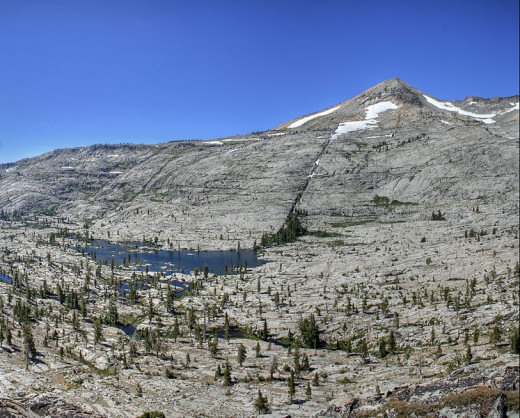
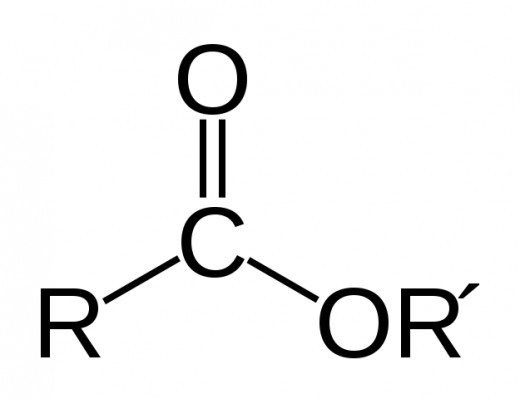
The lowdown on outdoor fabrics
Many outdoors people hold the opinion that cotton kills. And there's a kernel of truth in that saying. If you're caught out in the open during a sudden mountain rainstorm on a cold day, you're at greater risk of hypothermia if you wear cotton clothing, as compared with wool or most synthetics. What's up with that?
Cotton is mostly cellulose, which has a relatively high proportion of electronegative (electron-withdrawing) oxygen atoms. When an oxygen atom is bonded to a carbon atom, it acquires a partial negative charge, due to unequal sharing of an electron pair--or two electron pairs--with the carbon atom. A hydrogen atom in water has a partial positive charge for the same reason. The hydrogen atoms in water form "hydrogen bonds" with these oxygen atoms in cellulose. Once hydrogen bonds form, energy is needed to cleave them apart.
The structural formula at right shows one of the repeating ester linkages in polyester. In between these linkages, there are relatively short carbon chains (R and R'), with hydrogen atoms attached. In contrast with the ester linkages, these chains don't attract water. As compared with cellulose, polyester has a relatively low concentration of water-attracting oxygen atoms.
The upshot: Cotton attracts water more readily than polyester does. It requires slightly more energy to evaporate the water in a damp all-cotton shirt than the same amount of water in a wet polyester shirt.
More to the point, cotton fabric can hold more water than polyester.
Here's what happens on a vigorous mountain hike. At first, the cotton shirt will decrease the evaporation rate of your perspiration. Initially, this will slow down the rate of heat loss.
But as you continue hiking, the perspiration will clog up an increasing proportion of the fabric's dead air spaces that create the warming effect in the first place.
Layering advocates are definitely on target. Two wool layers are warmer than an extra-thick single layer, having the same weight. Why? Because there's some dead air space between the two layers, and more dead air space overall. Moreover having multiple layers allows you to get the right amount of insulation for your exertion level, and for the outside temperature. Then you won't perspire as much, and won't degrade the dead air spaces in the insulating layers.
One nice thing about a wool sweater is that even when it's wet, there are still a few dead air spaces to keep you warm. Ditto for the synthetic material, polypropylene. However the latter can get pretty stinky if you wear it next to your skin every night on a long backpack trip.
There are pros and cons for cotton as an outdoor fabric. I have sensory issues, and feel uncomfortable when I'm wearing too much synthetic fabric.
Work pants are somewhat better than blue jeans. The fabric is thinner, which means that it dries out faster after you get rained upon. Some work pants are all-cotton; others come in a cotton/polyester blend.
A word about fire safety. Suppose that a spark from the campfire lands on your shirt. The spark will burn a bigger hole through synthetic fabric, as compared with cotton fabric. When sitting near a campfire, it would be reasonable to wear a long-sleeve cotton shirt on the outside, with your synthetic fleece on the inside.
On hikes, there are advantages and disadvantages to both cotton and synthetic fabrics. The "Cotton kills" meme is an exaggeration. It applies more to long backpacking trips than to day-hikes, and more to the North Cascades and Rocky Mountains than to the Sierras.
For some, a reasonable trade-off is to hike in an old permanent-press shirt, which contains both polyester and cotton. Compromise is not a four-letter word.
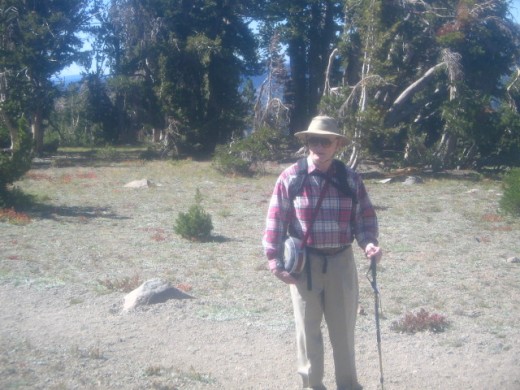
The wicking myth
The sales people at hiking-oriented sporting goods stores are fond of another urban legend about outdoor fabrics. They say that polyester and other synthetic fabrics 'wick' moisture away from your skin, whereas cotton does not. This claim is inaccurate. "Wicking" is a vacuous marketing slogan that's taken on a life of its own.
Again, cotton fabric contains a higher density of hydrophilic groups than polyester.
Other things being equal, cotton is more efficient at wicking water away from your skin in the short term, especially in the uphill direction.
The catch is that the same cotton fabric will hold more moisture than polyester fabric. The water in that sweaty cotton fabric will take longer to evaporate. Sorry, you can't have it both ways.
Fishnet undershirt
I usually carry a small rucksack on hikes. If it's a vigorous uphill hike, there will be a wet perspiration spot on my the upper back part of my shirt, when we stop. I'll feel a sudden chilliness when I take off the rucksack. But that was not always a problem.
Many years ago, I had a wonderful fishnet undershirt, made from--you guessed it--Killer Cotton. Because of the semi-dead air spaces, it prevented the upper back part of my outer shirt from getting soaked with perspiration.
After my trusty fishnet finally gave up the ghost, I looked at some of the newer ones. They're part fishnet and part ordinary T-shirt. Apparently the manufacturers have lost sight of the original concept.
The answer to your next question is no; fishnets are not comfortable to wear while sleeping.
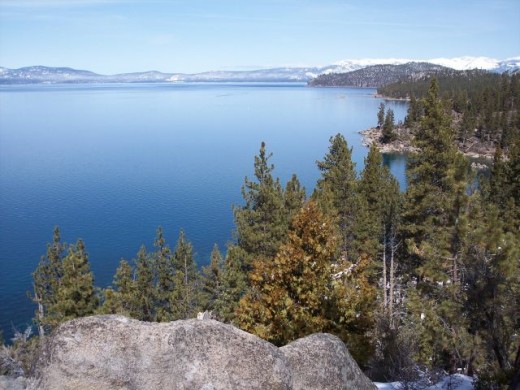
What to do when it rains?
A little-known fact about California hiking is that Summer weather is drier in the Sierras and in the Trinity Alps, than in the Rockies and most other Alpine environments. (The Trinities are NNW of the Sierras.) On day-hikes here, one can get away with wearing cotton clothing. And I do.
Nevertheless it's wise to carry emergency rain gear, even when the weather forecast is favorable.
Some cheapskate day-hikers in California make do with an ultra-lightweight option for rain protection: a plastic garbage sack, with precut holes for the neck and arms.
For the last few decades, some very nice rain parkas, made with Gore-Tex and similar materials, have been available. Basically, Gore-Tex is teflon with zillions of micropores. Rain cannot get through the micropores. However gas-phase H2O from your perspiration can slowly escape to the outside. The key word is slowly.
In the days before Gore-Tex, many anoraks were made from very-tightly woven cotton, which made these jackets wind-proof, and somewhat water-repellent, but not waterproof. One advantage of the old-school anoraks, and of the modern wind shells, is that they breathe out moisture more readily than Gore-Tex rain jackets do. If you're hiking vigorously in a light drizzle, and you perspire as heavily as I do, you'll get wet faster with Gore-Tex, because of the 'breathing' issue.
On the other hand, if you get caught in a heavy mountain downpour, and then take partial shelter under a tree while waiting out the storm, you'll keep drier longer with Gore-Tex, because Gore-Tex does keep the outside moisture outside.
In either case, once the outside material is completely wet, your evaporated perspiration will condense on the inside, and your shirt and sweater will become increasingly wet. Continuing to hike vigorously will hasten that process.
If you plan to hike even when the weather forecast calls for rain, there are three options. First, you can wear a polyester (or polypro) undershirt next to your skin, one or two wool layers over that, and a wind shell as the outermost layer. Yes, you'll get wet, but you will probably avoid hypothermia. This is the strategy favored by some hard-core climbers.
Second, you can carry a small umbrella. The upper half of your rain jacket will still be breathing, and that will cut down on the condensation. It will also decrease the amount of rain hitting the upper-front part of your trousers while you're hiking.
Yes, the umbrella looks wimpy. It's a nuisance to tilt it out of the way when you approach tree branches that are less than 2m high. And carrying an umbrella is not very practical in a high wind. This option applies mostly to trail hiking. The umbrella gets in the way when you're bushwhacking. Fortunately, there's a better option.
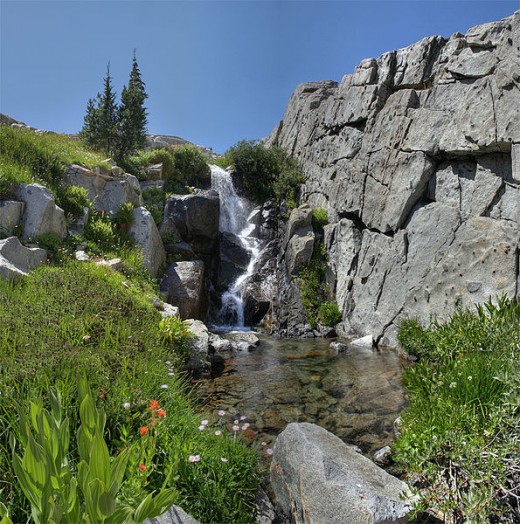
Vapor barrier, anyone?
There's a third strategy in the rainy-day scenario: Wear a Vapor Barrier Layer next to your skin, and a Gore-Tex parka, or even a cheap lightweight plastic raincoat, over the insulating layer.
There's no way that the insulating layer can get wet. The Vapor Barrier protects the insulating layer from sweat. And the Gore-Tex parka protects it from the rain. (You may need to apply some seam-sealer to your parka.)
The hem of the rain parka should extend below your hips. A drawstring at the waist will help keep the warm air inside the parka.
You can easily make a torso-covering Vapor Barrier Liner from an inexpensive plastic Tall Kitchen Bag that's available in any supermarket. Just cut holes for the neck and arms.
If you have a full vapor barrier for your torso and arms, you can even even use Killer Cotton as the insulating layer between the vapor barrier and the rain jacket. The Outdoor Fashion Police may have hissy fits, but you'll stay warm and dry.
A caveat about the Vapor Barrier strategy: You may need to go slow on the uphills to avoid overheating, if it hasn't started raining yet.
By the way, if you're camping out in sub-freezing weather, and the air is relatively dry, you'll notice frost on the outside of your sleeping bag when you get up in the morning. You'll also notice that there's no frost anywhere else. That's because your body was the ultimate source of that frost. Your sleeping bag will become heavier and chillier each night, for the same reason. To minimize this problem, you need a Vapor Barrier Liner (VBL) for the sleeping bag.
Stephenson's Warmlite, which was founded by an engineer, was the first manufacturer to offer a VBL as a standard feature in their sleeping bags. Here's a LINK to the long article in their catalog about the Vapor Barrier Principle. I agree with most of what they say.
Epilogue
There's a little more to the story at the beginning of this hub. First, it was a great hike in all other respects. Our destination was Susie Lake, in the Desolation Wilderness, just West of Lake Tahoe. And it was gorgeous.
There was another thing that made this a memorable outing. At lunch, one of the women hikers casually pulled a blue-and-silver-colored, banana-shaped object from her rucksack. We all held our breaths as she opened it. We were surprised and slightly disappointed that there were no batteries inside. Believe it or not, the object contained a banana!
I'd like to thank everyone for your comments. You've inspired me to improve this hub.
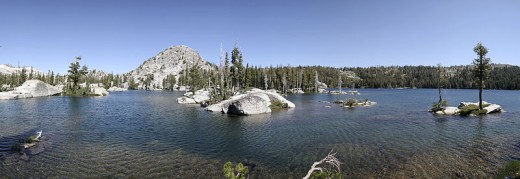
Also of interest to mountain hikers
At Home Exercise to Strengthen Weak Upper Legs
This article describes a slow-paced indoor exercise, called Gorilla Walking. As compared with ordinary walking, Gorilla Walking does a much better job of isolating and strengthening the quadriceps muscles in the front part of the upper legs.
Upper legs
Copyright 2011 and 2012 by Larry Fields

